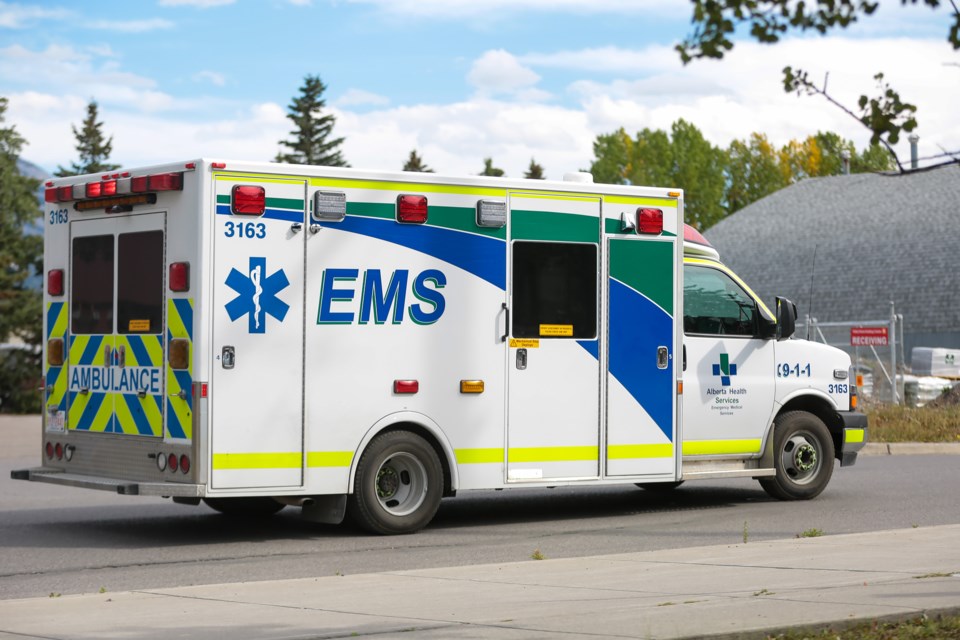BOW VALLEY – Prior to May 9, anyone who needed to get a CT scan in the Bow Valley outside of business hours had to be transported by EMS to Calgary.
Each time that happened, the valley lost an ambulance for hours at a time. Now, with expanded hours for CT scanning at the Canmore Hospital, that may change.
“Every time someone was injured, they instantly had to be transported to the city to get the scan they needed,” said Banff-Kananaskis MLA Miranda Rosin. “The current protocol under the Alberta EMS system is that the second an ambulance drops a patient at their final destination, the ambulance has to reset their meter and be dispatched to the next nearest call.”
Rosin stated she first became aware of the problem speaking with the emergency room doctors at the Banff Mineral Springs Hospital.
“They came forward with a local solution that might help the ambulance service in the Bow Valley,” Rosin said. “The problem they identified was that the CT scan machine at the Canmore Hospital, the only CT scanner in the Bow Valley, only operated during business hours.”
The CT scanner will now run on a 16-hour, seven-day cycle, covering until 10 p.m. on weeknights and from 8 a.m. to 10 p.m. on weekends and statutory holidays.
“The biggest impact we will see is fewer ambulances out of the Bow Valley heading into Calgary,” said AHS executive director of diagnostic imaging for the Calgary zone Craig Vines. “That is the key thing we are going to be watching.”
The pilot program will run for three to six months as the results are analyzed.
“We are going to look at how many [CT scans] are we doing from a workforce perspective and are we helping keep the ambulances in the Bow Valley,” Vines said.
Through the pilot program, it will be determined if the resources and manpower are adequate for the expanded hours. Burnout is also not likely with the increased hours.
“I am more worried about the radiologist manpower because they only staff so many and if the volume gets too high, that is my worry,” Vines said. “That is why we are piloting this. To get a sense of the impact but I am not terribly worried about burnout.”
The staff is already in place in the building, but those who work on evenings and weekends weren’t all trained in CT. The scanning will also be for the emergency department and in-patients, not out-patients.
“The staff was already there until 11 p.m.,” Vines said. “It came down to having the resources to read the exams in real time and then getting the staff trained to do it.”
The pilot program will run for three to six months, but there won’t be any further increase in hours afterwards.
“We won’t be increasing hours. Our goal was to run our CT scanners a minimum of 16/7,” Vines said. “That is what we have done.”
While there likely won’t be an increase in hours, there also won’t be a decrease in the previous hours either.
“If I have enough data that I can take back and have some conversations with the radiologists and the staff in three months, and we can have the manpower and resources, we can start to add on additional types of exams,” Vines said. “At the end of the six months, it is not a case that we will roll this back.”




